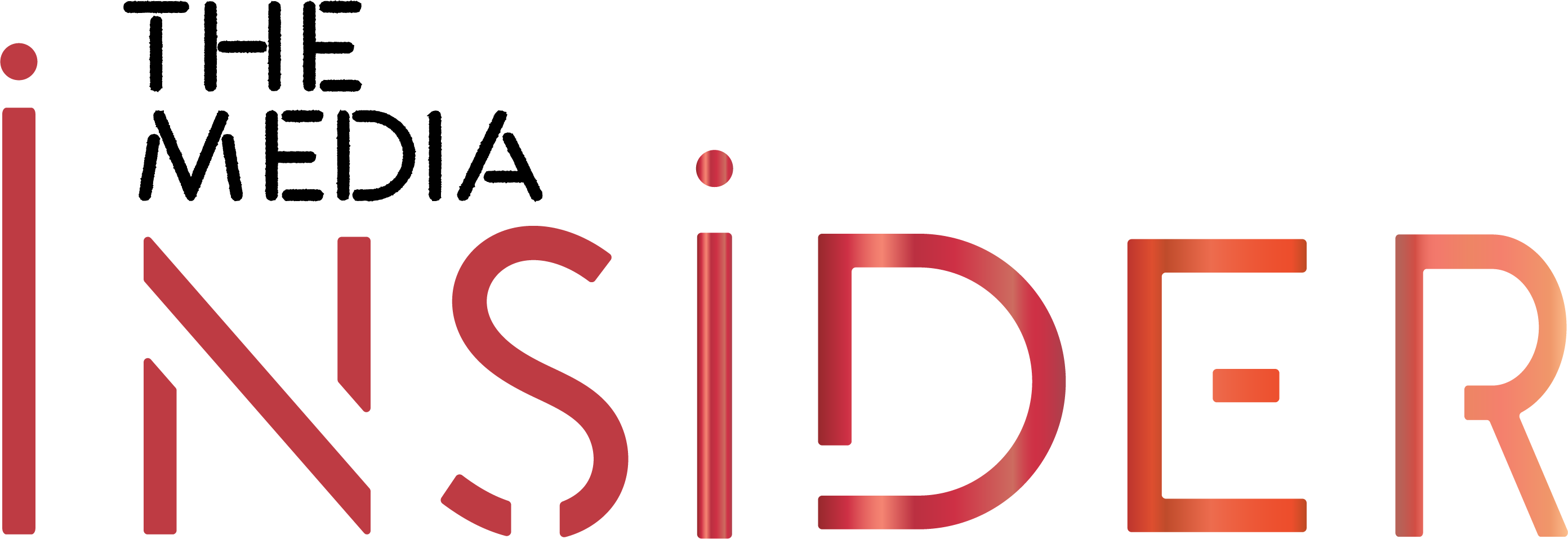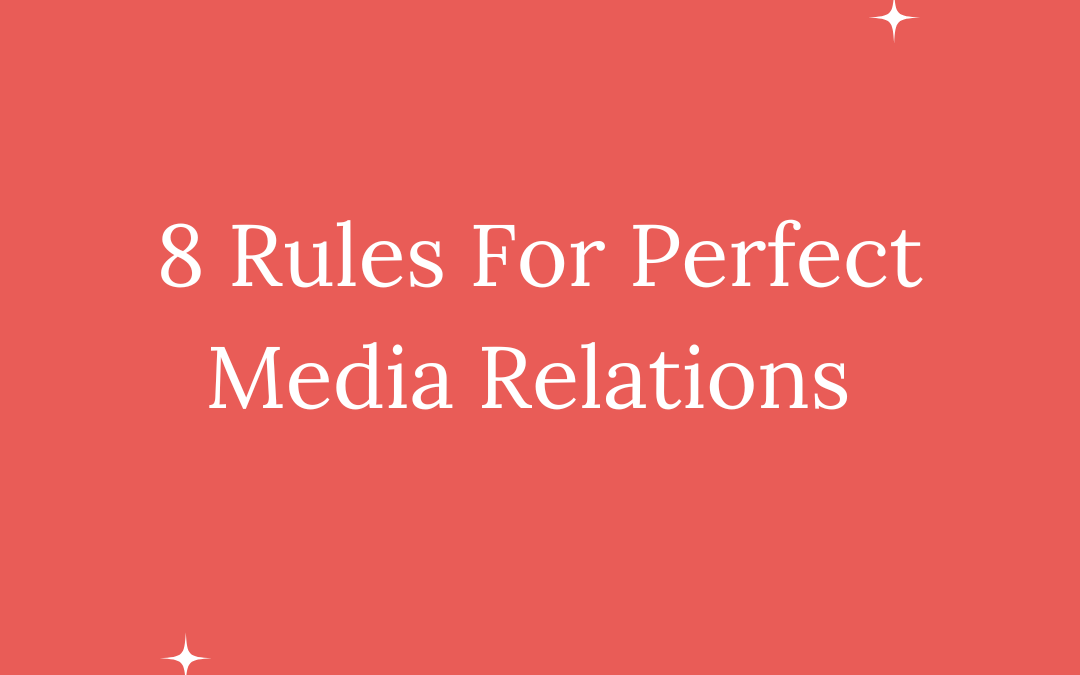If you’ve worked in a marketing/PR department, you know that there are proven strategies that can help you successfully navigate the world of pitches, media releases, journalists and editors. If you’ve had your own business for a while, you may have figured these out or strictly rely on digital marketing and referrals. I bet though that getting free press would be desirable!
Here are 8 simple rules that will ensure you avoid the most common blunders committed by businesses both big and small.
Rule 1: Think like a journalist.
Journalists are inundated with pitches and press releases every single day and therefore become experts in quickly weeding out corporate doublespeak and pitches that aren’t truly newsworthy. Before emailing, calling, or visiting with a journalist, critically examine what it is you are offering to avoid pestering journalists every time your company changes its filing system. Calling upon journalists only when you have a worthy pitch will help you establish credibility and healthy media relations that last well into the future.
Rule 2: Be skim friendly.
Accept that your pitch is likely to receive a once-over glance that will last a matter of seconds and will determine whether or not you ever make it into print. Use short paragraphs and bulleted lists whenever possible. Serve up all the most compelling content in the body of your email and include a link to a single page website with supplemental materials. Don’t attach dozens of supporting media files, because journalists simply don’t have the time to read through them.
Rule 3: Don’t beg, just borrow.
During periods when your business isn’t booming with new activity, don’t despair. There are always ways to move forward with proactive PR. Simply keep in mind that you can borrow breaking news stories and make them your own; all you have to do is offer a colorful quote or interesting point of view on a topic that is already bound for the headlines. This is known as ‘newsjacking’, and can be a viable strategy to get your business’s name or expert interview in print.
Rule 4: Offer exclusive access.
Most PR natives would have you believe that it’s best to cast your net far and wide when pitching a story to the media. Not so. Strategically target your efforts and focus on a single journalist or media outlet that you think would be ideal to cover your story. Offer them exclusive access to interviews and coverage, then hold tight to see if they take the bait. If the outlet or journalist doesn’t bite, then it’s time to cast a wider net.
Rule 5: Don’t media-train life away.
While coaching your business’s spokesperson is certainly advisable, too much media prep can produce a robotically commercial interaction. If your spokesperson is not naturally a charismatic speaker, it may be best that he or she offer only pre-recorded and print interviews, while a third party speaker handles the behind-the-camera spots. Authentic interviews will keep the media coming back for more, while robotic speakers run the risk of turning people off for good.
Rule 6: Step out from behind the curtain.
Though most PR reps work their magic behind the scenes, don’t feel confined to the shadows. Precarious moments in media relations will often benefit from your PR rep taking a more active, visible role. In cases of misinformation or hotly debated opinions, rather than prepping a spokesperson for discourse, it may be best to take the reins and grab hold of the microphone – that is, at least until the storm settles.
Rule 7:Choose strategy over expensive events.
Far too often PR conferences are used as the one-size-fits all media band aid. Launching a new product? Host a press briefing. Need more exposure? Host a press conference and the journalists will flock to hear what you have to say. Not so. Diligently executing a strategic media plan for your business is a far more effective than hosting a series of expensive events for the press.
Rule 8:Practice professional persistence.
Once you’ve established the first contact, it’s appropriate to follow up once or twice with your media contacts. However, don’t innocently plead, “Did you get my email?” Instead, follow up with the purpose of providing additional supporting materials (which may include a study, interview, quote etc.). The motive for your follow up should not be to pester the journalist into picking up your pitch; your motive should be to offer help and to build authentic media relations that are mutually beneficial.
Curated from https://publicrelationssydney.com.au/rules-flawless-media-relations/

